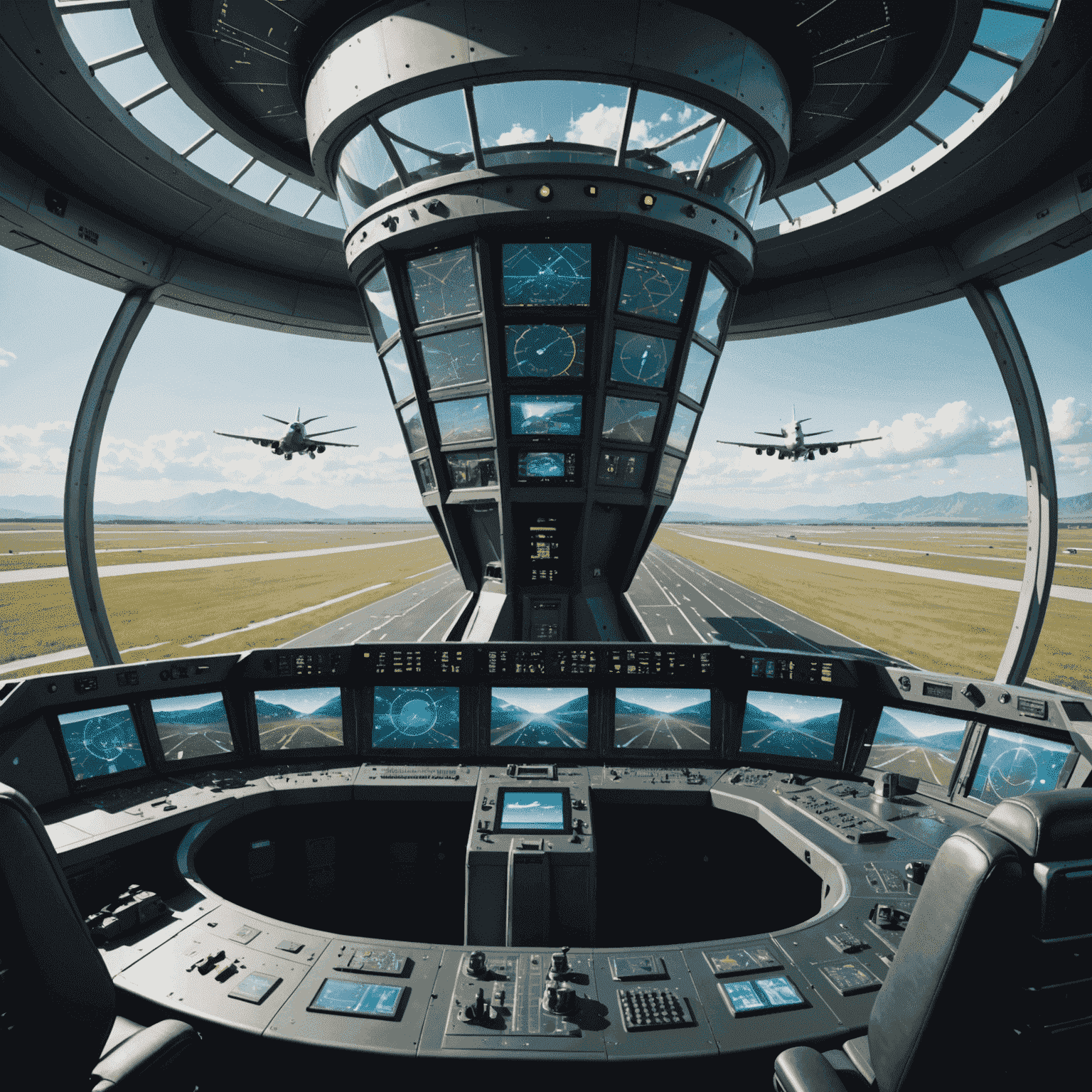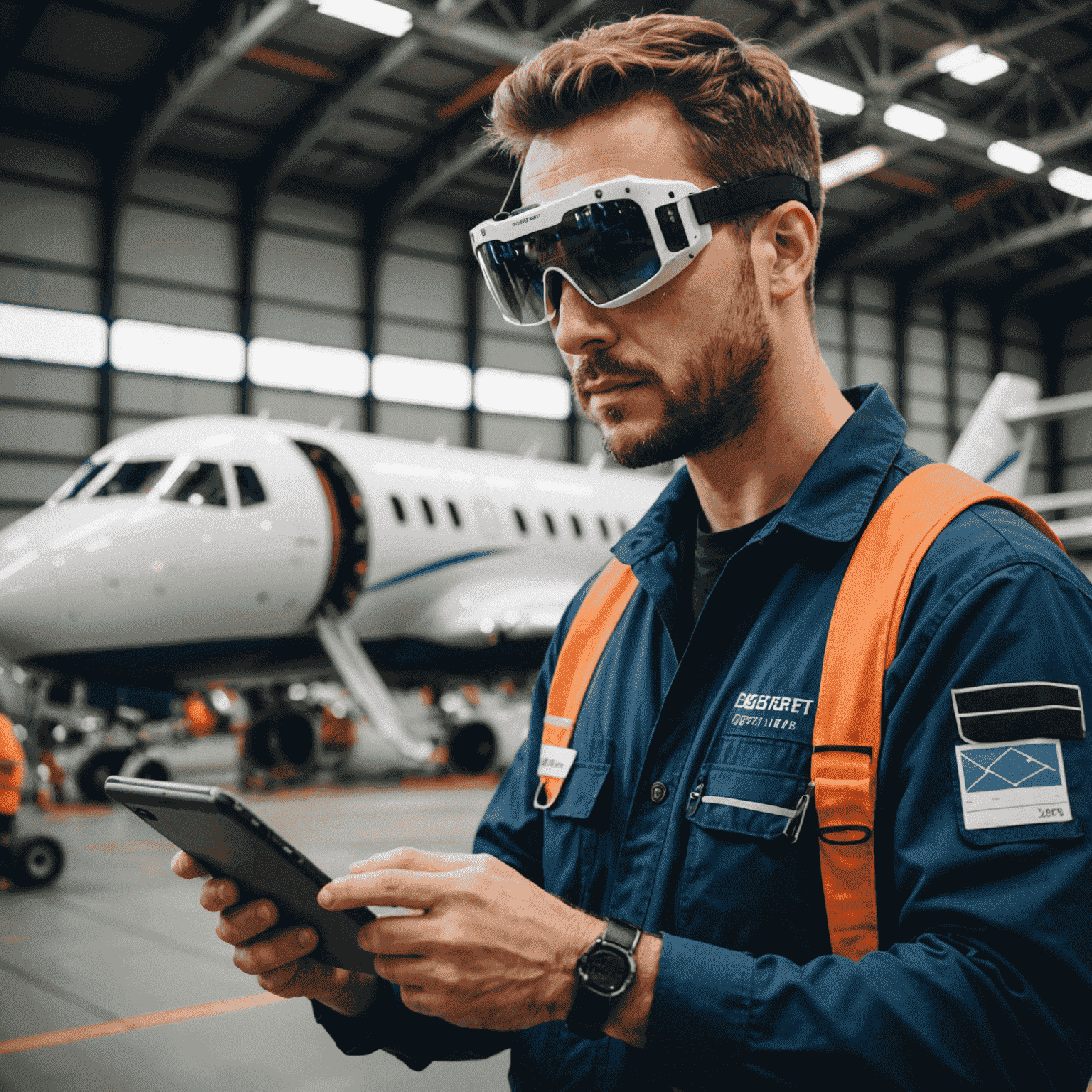Industry Innovations: Reshaping Aerodrome Finance and Operations

The aerodrome industry is experiencing a technological revolution, with cutting-edge innovations transforming both financial management and operational efficiency. Let's explore some of the groundbreaking advancements that are setting new standards in aerodrome finance and operations.
1. AI-Powered Financial Forecasting
Artificial Intelligence is revolutionizing aerodrome financial planning. Advanced algorithms now analyze vast amounts of data, including historical financial records, air traffic patterns, and global economic indicators, to provide highly accurate revenue forecasts and budget projections. This enables aerodrome managers to make more informed decisions and optimize resource allocation.
2. Blockchain for Transparent Transactions
Blockchain technology is enhancing transparency and security in aerodrome financial transactions. From fuel purchases to landing fees, blockchain-based systems create immutable records, reducing the risk of fraud and streamlining auditing processes. This innovation is particularly beneficial for international aerodromes dealing with multiple currencies and complex financial ecosystems.

3. IoT for Real-Time Asset Management
The Internet of Things (IoT) is transforming how aerodromes manage their assets. Smart sensors and connected devices monitor everything from runway conditions to fuel levels in real-time. This data is integrated with financial systems, allowing for predictive maintenance scheduling and more efficient resource utilization, ultimately leading to significant cost savings.
4. Automated Revenue Management Systems
Advanced revenue management systems are now employing machine learning algorithms to dynamically adjust pricing for aerodrome services. These systems analyze factors such as demand patterns, competitor pricing, and even weather forecasts to optimize revenue streams from parking fees, hangar rentals, and other aerodrome services.
5. Augmented Reality for Operational Efficiency
Augmented Reality (AR) is finding its place in aerodrome operations, indirectly impacting financial performance. AR-enabled devices assist ground crew in tasks such as aircraft inspection and maintenance, reducing downtime and improving overall operational efficiency. This technology also aids in staff training, potentially reducing long-term costs associated with human error.

6. Sustainable Technology Integration
As environmental concerns take center stage, aerodromes are investing in sustainable technologies that offer long-term financial benefits. Solar panels, wind turbines, and advanced waste management systems are being integrated into aerodrome infrastructure. While these require significant upfront investment, they promise substantial cost savings and potential new revenue streams through energy credits or government incentives.
Conclusion
The fusion of cutting-edge technology with aerodrome finance and operations is creating a new paradigm in the industry. As these innovations continue to evolve, aerodromes that embrace and adapt to these changes will likely see improved financial performance, enhanced operational efficiency, and a stronger position in an increasingly competitive market. The future of aerodrome finance is not just about managing money—it's about leveraging technology to create smarter, more efficient, and more profitable aviation hubs.